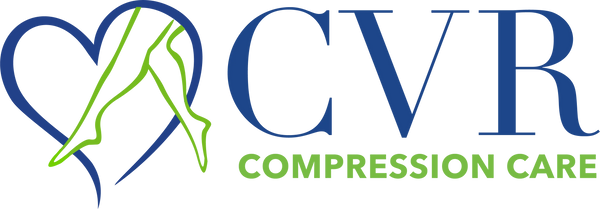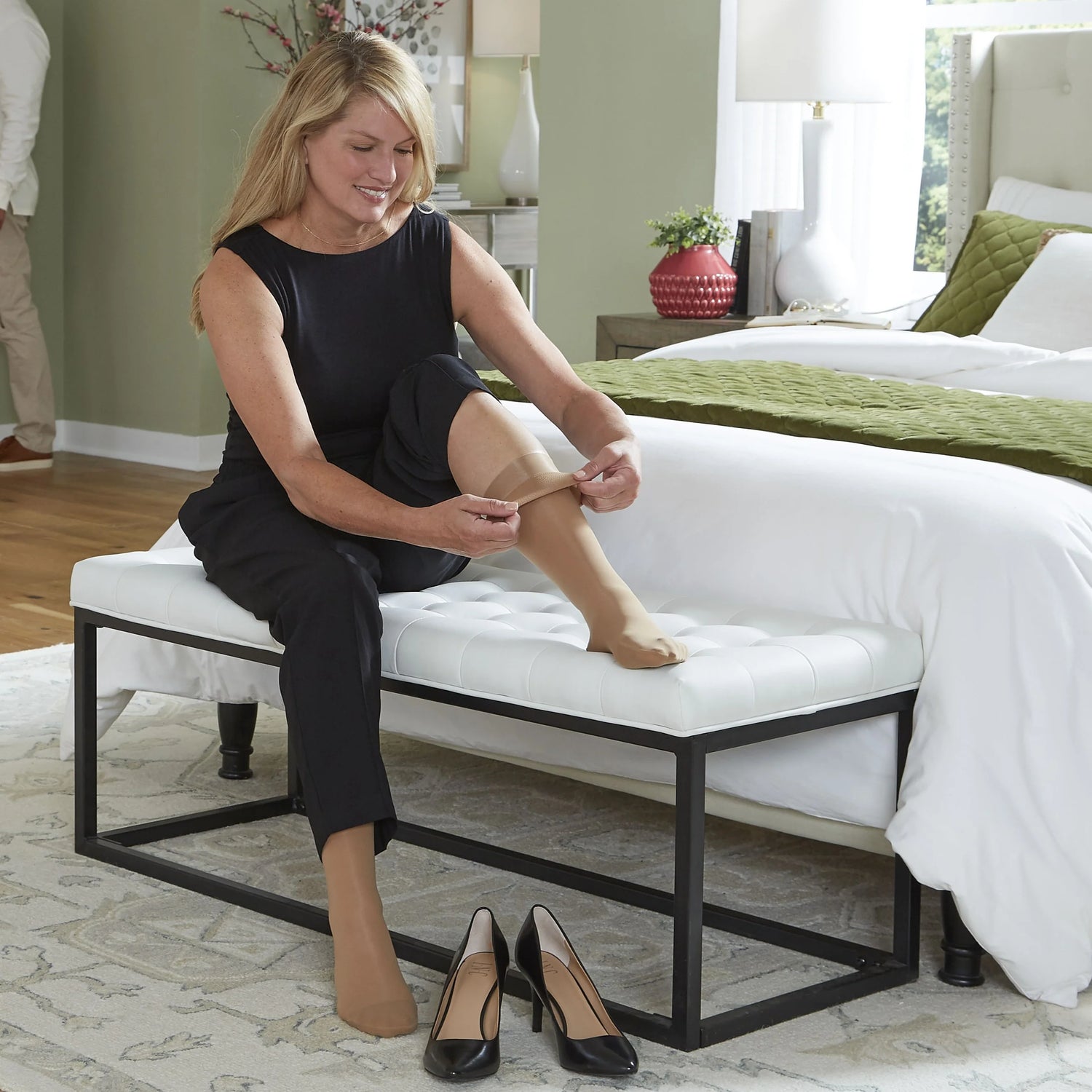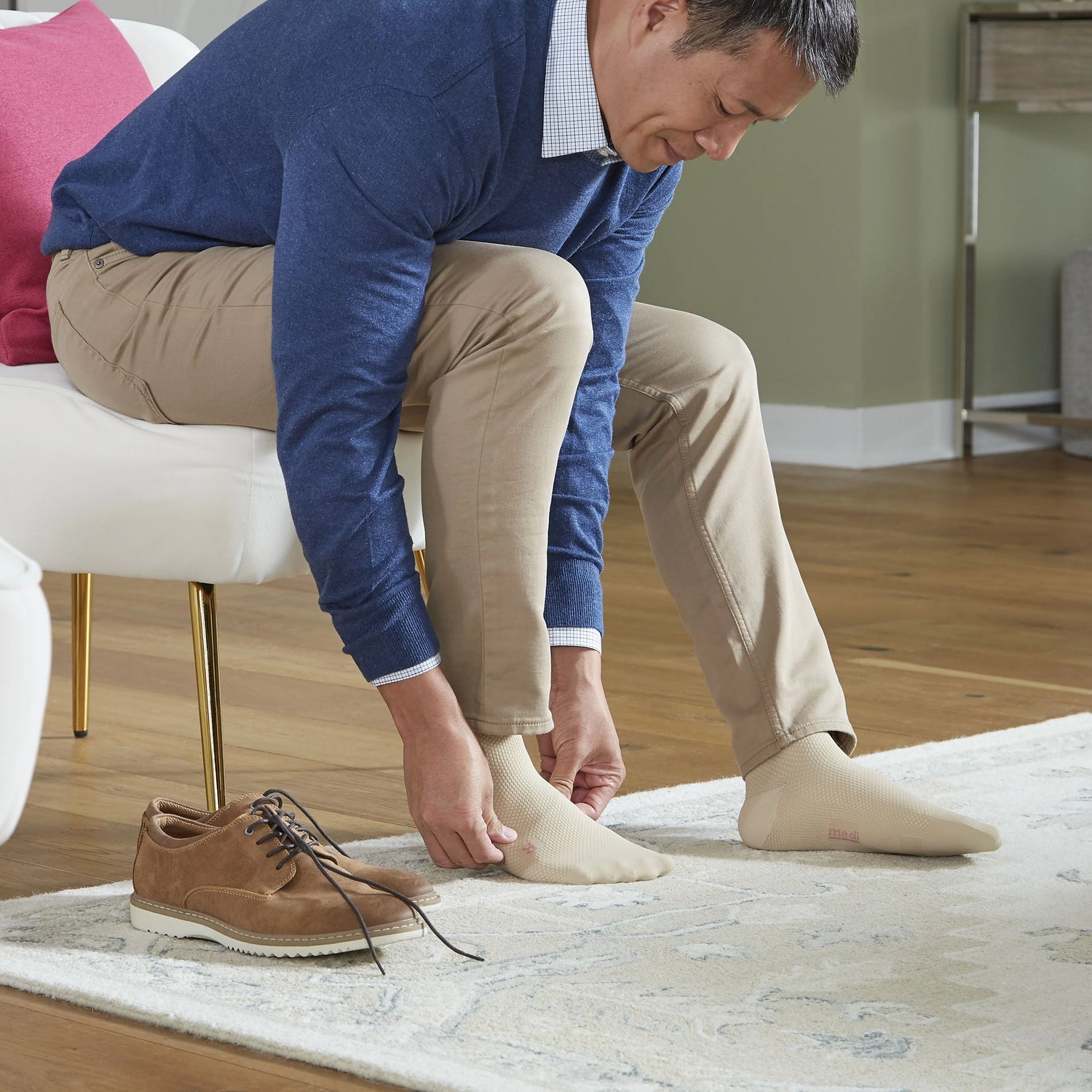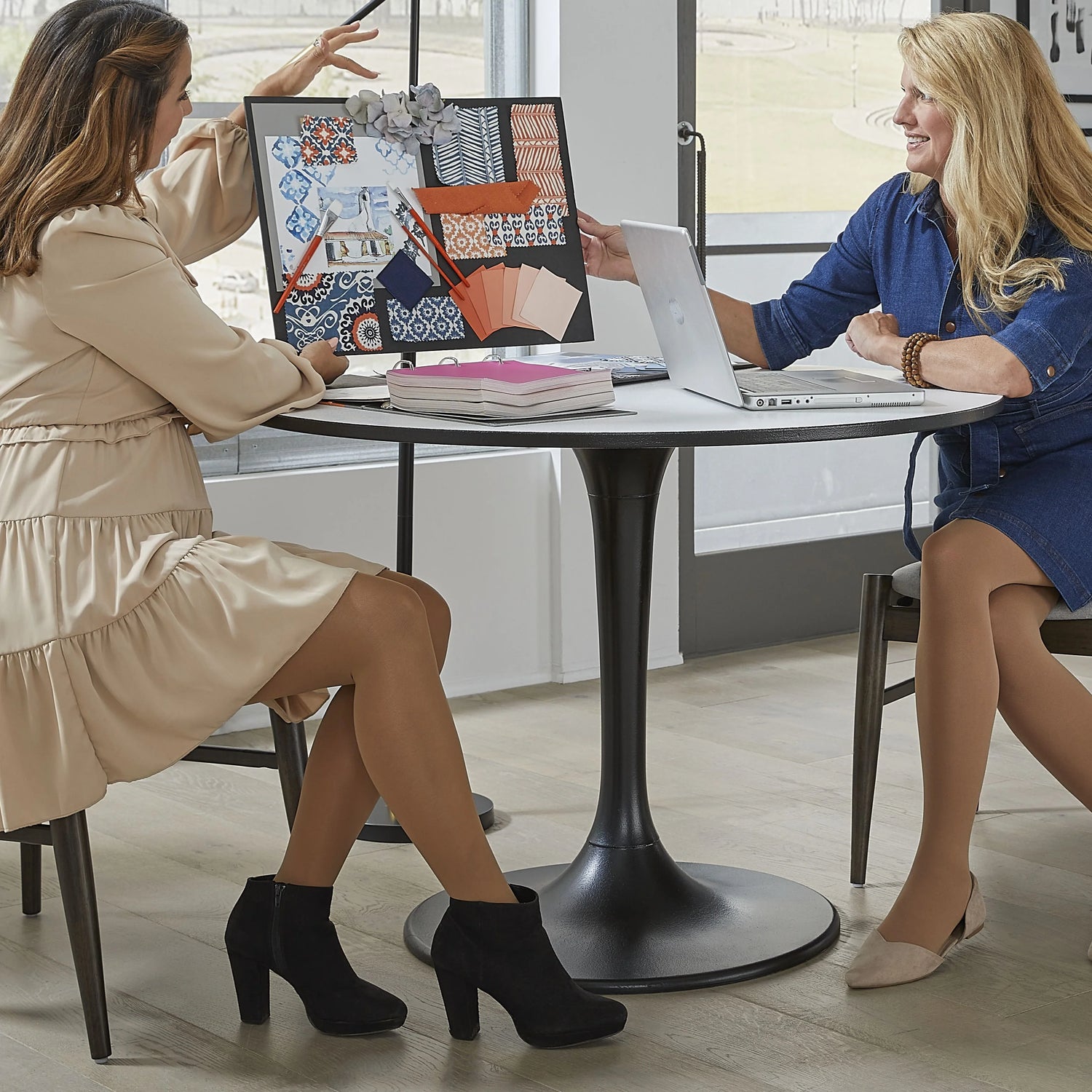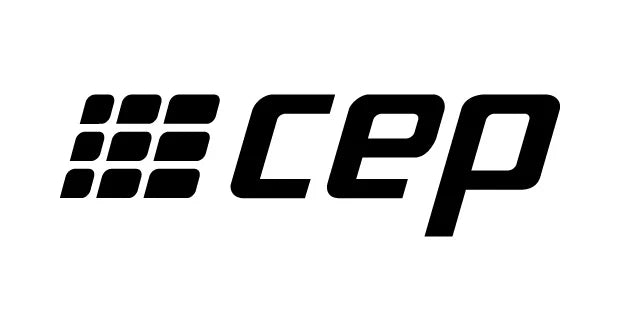
Doctor-Recommended Compression
Science meets support. Backed by research and trusted by doctors.

Find Your Perfect Fit
No more guesswork! Use our handy guide for comfortable, effective compression.

Compression You Can Trust
Experience the relief that only medical-grade compression can provide.
Compression stockings that fit the way you live
It's not just about eliminating leg pain – it's about helping you reclaim your active lifestyle, free from the ache and discomfort caused by problem veins. That’s where professional-grade compression stockings from the industry leaders in vein care make all the difference.
Experience the CVR Difference
-

Free, same-day shipping
-
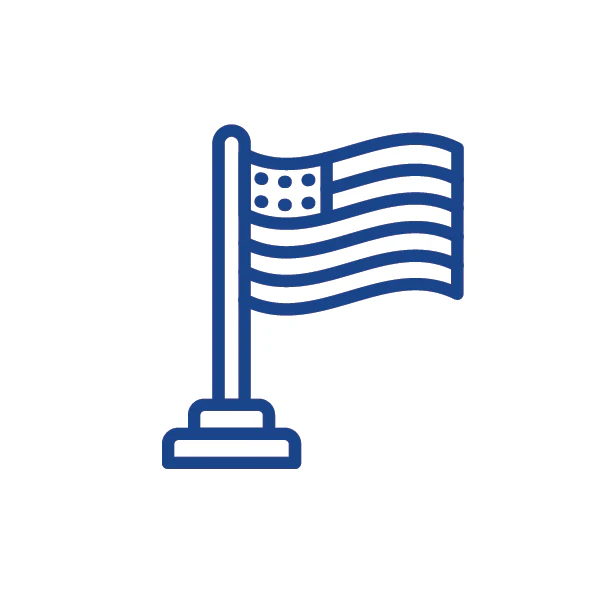
All products made in the USA
-

Doctor-recommended brands
NaN
/
of
-Infinity
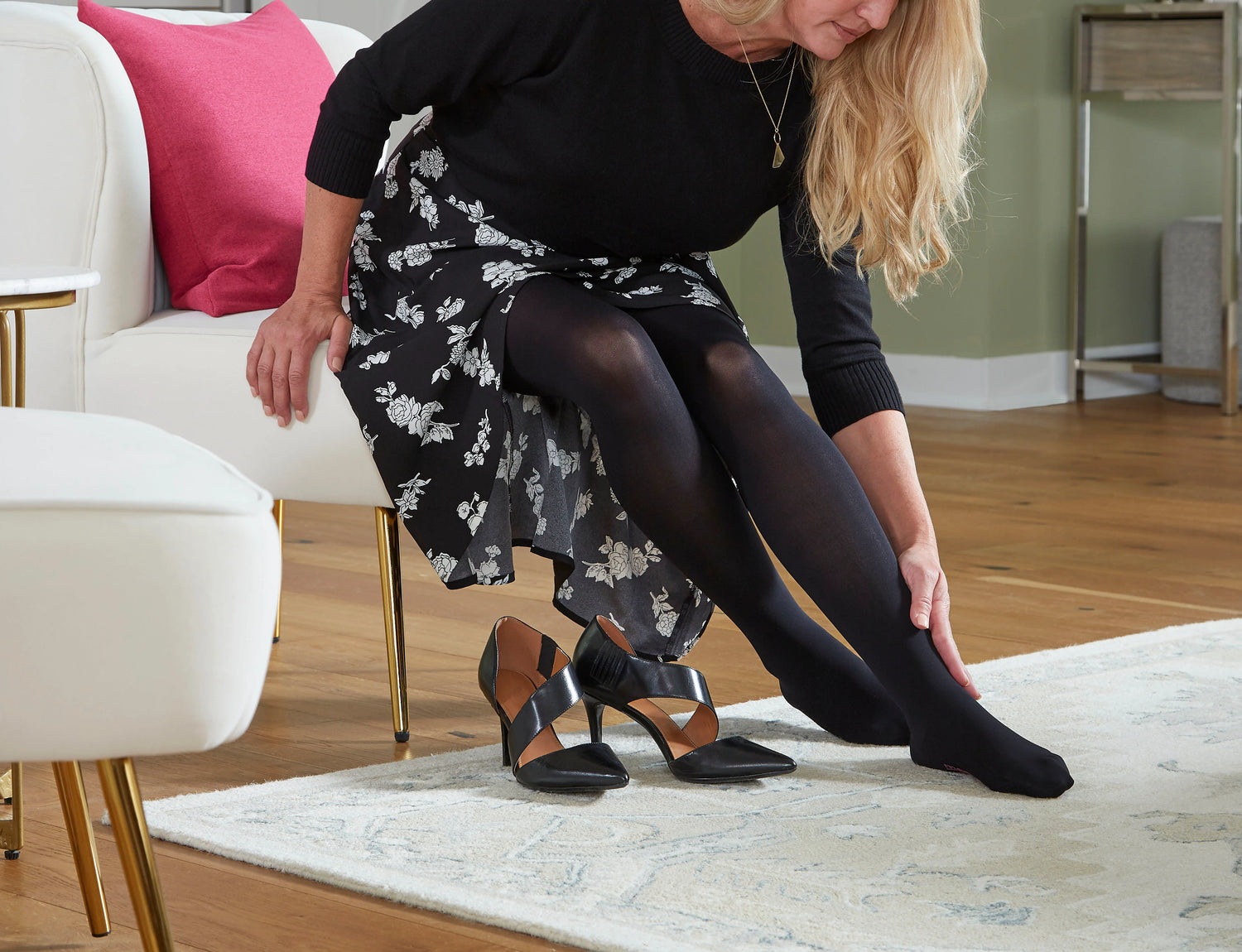
Measure for Success: Your Guide to Perfect-Fitting Compression Stockings
Maximum compression benefits, zero guesswork! Our user-friendly guide makes finding your perfect fit a breeze. In just a few minutes, you'll have the measurements you need to select the right compression stockings for you.
Benefits of Compression Stockings
-
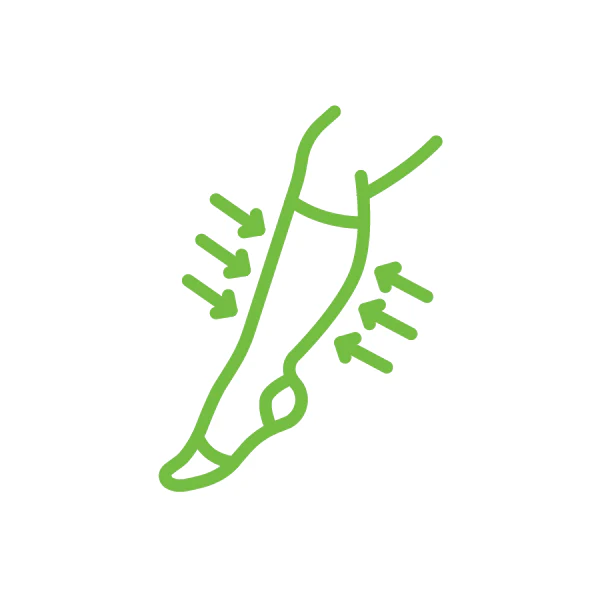
Reduces Swelling
-
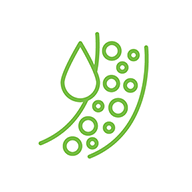
Boosts Circulation
-
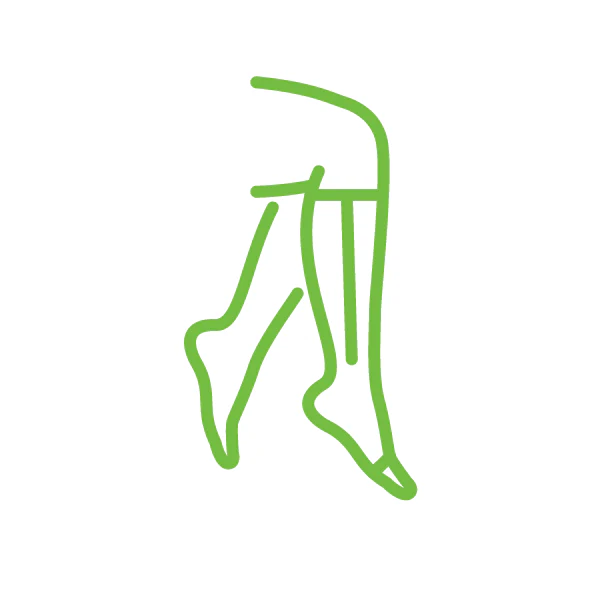
Promotes Comfort
-
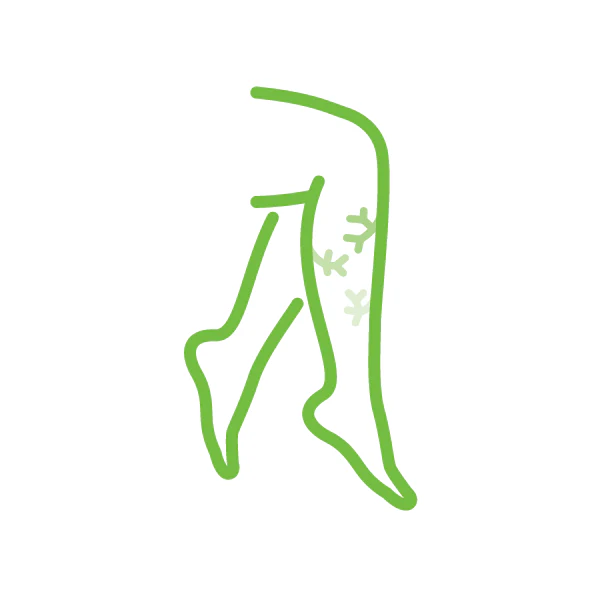
Reduces Varicose Veins
NaN
/
of
-Infinity
NaN
/
of
-Infinity
